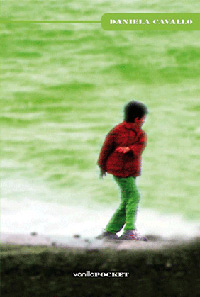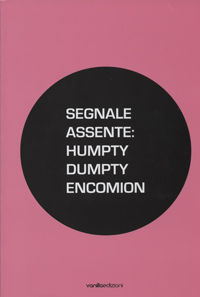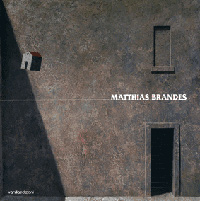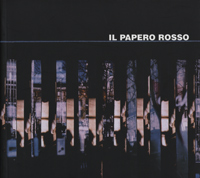[…] to her (Monika Grycko), as well as many artists of the same generation, interested in ceramics as a non-totalizing medium, but substantial, to give body to an imaginary, to a plastic vision, for which the orthodoxy of the ceramic craftsman is not necessary. Grycko, in fact, he knows ceramic techniques but surpasses them in the direction of clay contamination with resins, glass and oil paints. Having to model, cooking and finishing the bodies, portraits of mutant theriomorphic beings (mutants because we recognize a hybridization with respect to our ideal portrait and to an animal sphere understood as a non-human animal), Grycko unleashes a palpable ambivalence that is initially established between the softness of the material, the artificial whiteness of painting, and some details taken care of in order to reify the sculpture; post-real details, not descriptive but naturalizing, anatomical details accentuated by reliefs and the carnal color near the lips, nipples, eyes, nose: attributes that work as markers for us, signals that allow us to identify, recognize and possibly desire the other.
From this plastic fact, played between otherness and recognition, Grycko has passed, in these more recent installations, to a game of glances, internal to the work but also external: between us and the work itself. […]
From the critical text by Luca Bochicchio
Monika Grycko was born in Warsaw (Poland) in 1969. Lives and works in Italy, in Faenza.
www.monikagrycko.net
BROWSE The EBOOK:







